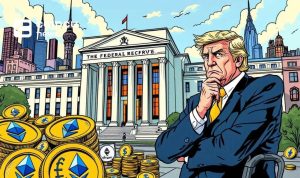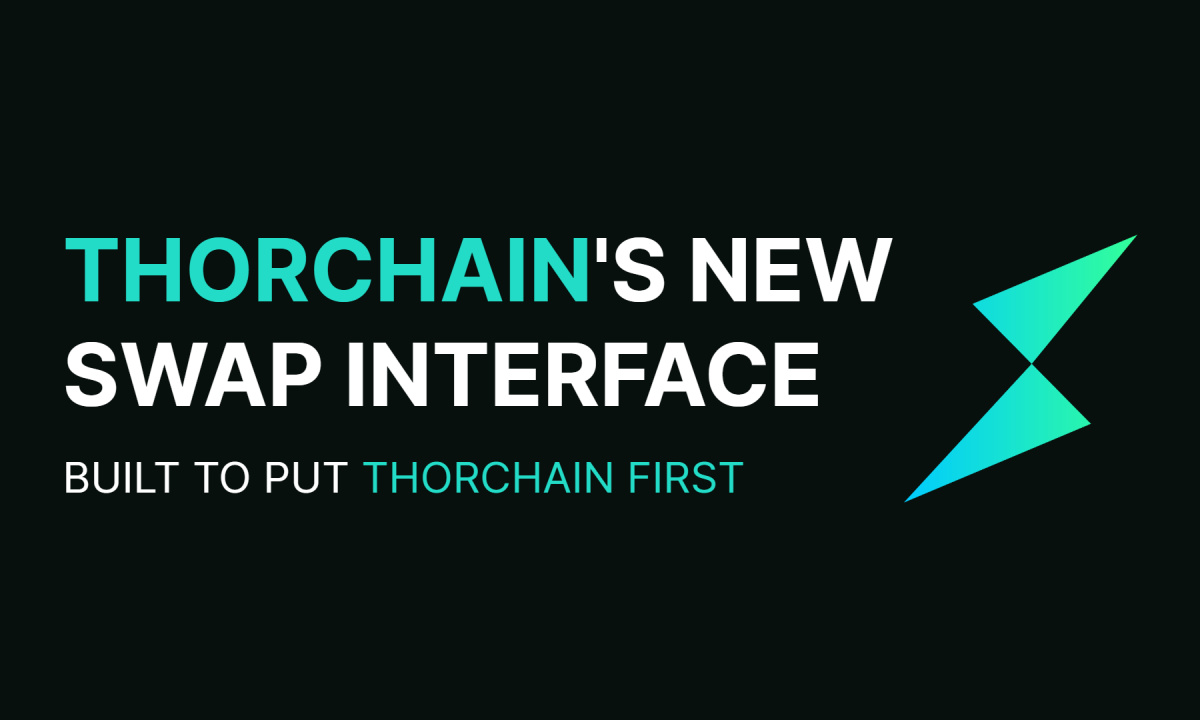The digital barter economy is a concept that involves the direct exchange of goods and services without the use of traditional currency. This practice has been around since ancient times and revolves around the trading of one item for another. While this system is effective on a local scale, it faces challenges in terms of scalability and standardization.
However, with the advent of blockchain technology, the digital barter economy has undergone a revolution. Blockchain enables the digitization of physical goods and services through the use of tokens. These tokens represent the value of the goods or services and can be exchanged for other items, making the process of bartering more efficient and accessible.
For example, instead of using physical cigarettes as payment for a taxi ride, one can utilize digital tokens that represent the value of the cigarettes. These tokens can be exchanged for other goods or services, making the process of bartering more efficient and accessible.
Blockchain technology also enables the creation of decentralized marketplaces where individuals can trade their tokens. These marketplaces provide opportunities for individuals to acquire the tokens they need by exchanging the ones they possess.
In addition to physical goods, the digital barter economy also encompasses non-physical assets such as patents or intellectual property. These assets can be digitized and fragmented on the blockchain, allowing for their inclusion in barter transactions.
With the flexibility offered by the digital barter economy, it is now possible to pay for a taxi ride using unconventional items like revenue share tokens or tokenized fragments of famous paintings, as long as they are accepted as a form of payment.
Overall, the digital barter economy provides an alternative to traditional currency-based transactions and allows for the direct exchange of goods and services. Blockchain technology plays a crucial role in enabling this economy by digitizing physical items, creating decentralized marketplaces, and facilitating secure transactions.
What enables the Digital Barter Economy?
Blockchain technology plays a fundamental role in enabling the digital barter economy. It provides a decentralized and secure platform for the exchange of goods and services through the use of tokens.
At its core, blockchain is a distributed ledger that records transactions across multiple computers. These computers, known as nodes, work together to validate and record transactions in a transparent and tamper-resistant manner.
When it comes to the digital barter economy, blockchain enables the creation of tokens that represent the value of physical goods or services. These tokens are stored on the blockchain and can be exchanged between individuals.
One of the key advantages of using blockchain for the digital barter economy is that it eliminates the need for physical proximity. With traditional bartering, individuals need to be in close proximity to each other to exchange goods or services. However, with blockchain, individuals can trade tokens representing the value of their items without the need for physical proximity.
Furthermore, blockchain technology ensures the security and immutability of transactions. Once a transaction is recorded on the blockchain, it cannot be altered or reversed, providing a high level of trust and transparency.
Decentralized marketplaces also play a crucial role in enabling the digital barter economy. These marketplaces are powered by blockchain technology and allow individuals to trade their tokens with others. This creates opportunities for individuals to acquire the tokens they need by exchanging the ones they possess.
Overall, blockchain technology provides the necessary infrastructure for the digital barter economy by digitizing physical items, enabling secure transactions, and facilitating decentralized marketplaces.
What are examples of the Digital Barter Economy in action?
The digital barter economy is already being implemented in various industries and use cases. Here are some examples:
1. Art and Collectibles: Blockchain technology has enabled the tokenization of artwork and collectibles. This allows individuals to trade fractional ownership of famous paintings or other valuable items. For example, someone can own a small percentage of a famous painting and trade that ownership with others.
2. Real Estate: Blockchain can also be used to tokenize real estate properties, allowing for the fractional ownership and trading of property shares. This opens up new possibilities for investment and liquidity in the real estate market.
3. Intellectual Property: Patents, copyrights, and other intellectual property assets can be digitized and traded on the blockchain. This enables inventors and creators to monetize their ideas and easily license their intellectual property.
4. Supply Chain Management: Blockchain can be used to track and verify the authenticity of goods throughout the supply chain. This ensures transparency and reduces the risk of counterfeit products. For example, a luxury watch manufacturer can use blockchain to verify the authenticity of its products.
5. Peer-to-Peer Lending: Blockchain-based platforms facilitate peer-to-peer lending by connecting lenders and borrowers directly. This eliminates the need for intermediaries such as banks and reduces transaction costs.
These examples demonstrate the wide range of possibilities offered by the digital barter economy. By leveraging blockchain technology, individuals and businesses can create new markets, unlock value from non-traditional assets, and facilitate efficient transactions.
What is the conclusion?
The digital barter economy represents a paradigm shift in the way goods and services are exchanged. With the advent of blockchain technology, it is now possible to directly trade tokens representing the value of physical items, creating a more efficient and accessible bartering system.
Blockchain enables the digitization of physical goods and services, facilitates secure and transparent transactions, and allows for the creation of decentralized marketplaces. This opens up new possibilities for the inclusion of non-physical assets such as intellectual property in barter transactions.
As blockchain technology continues to evolve, we can expect to see further advancements in the digital barter economy. From art and collectibles to real estate and supply chain management, blockchain has the potential to revolutionize various industries and unlock new economic opportunities.
By understanding and embracing the digital barter economy, individuals and businesses can take advantage of the benefits offered by blockchain technology and participate in a more efficient and inclusive economic system.














